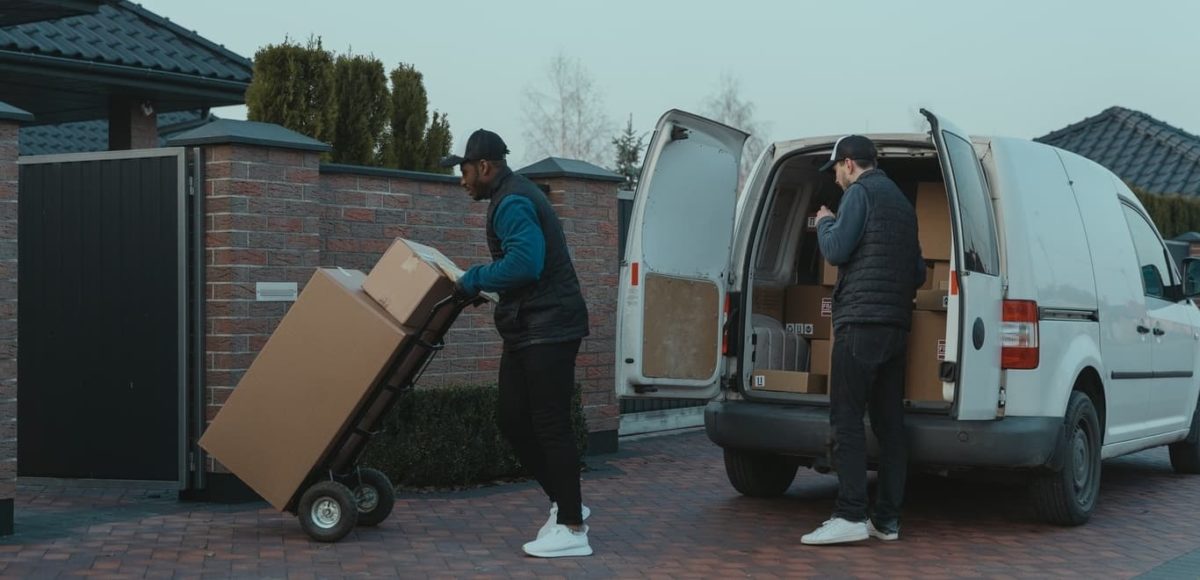1. Make a record of any damage – both photos and video.
Take photos and/or of all your flood damage now before the water drains away. You will need these photos for insurance and FEMA claims. Establish how high the water was inside and outside of your house. You need to prove how deep the water was as part of your flood claim. Use a yardstick or ruler on the outside of your house to establish the high water mark.
2. Make your insurance claim immediately.
The rules around compensation change on Sept 1st so get your claim in right away. You can update it if you find more damage later – don’t wait! Your own insurance policy may not pay out but FEMA will ask you if you have claimed or attempted to claim with your own insurance providers when assessing your application. Make sure you get claim numbers from your insurance providers by September 1st. Save ALL receipts.
3. Can I claim from FEMA ?
Both homeowners and renters are eligible for aid through FEMA. You can apply online for federal disaster assistance or call 1-800-621-FEMA (3362). You can also apply via smartphone or tablet: Go to m.fema.gov or download the FEMA app.
You may be eligible for temporary housing, emergency home repairs, or other urgent support, depending on your situation. Be ready to provide at least one family member’s Social Security number and have an estimate of your family’s gross household income before any loss of earnings/jobs caused by the disaster.
4. Beware of scams and people knocking on your door offering to fix roof damage and other repair services.
After hurricanes and floods, there are always some people looking to profit from other’s misfortune.
Beware of anyone coming door to door soliciting work. Chances are these are opportunists looking to take advantage of needy flood victims. Warn your neighbors and friends!
Get three detailed quotes for your projects (in writing only) and be very wary of surprisingly low estimates.
The written estimate should include:
- price – final total including tax and any other extras
- full scope of work to be done
- who will do the work
- the deadline for completion.
Verify your contractor online and via social media by searching by name & company. Check reviews especially on websites like the Better Business Bureau. Ask for references from other customers they’ve done work for and proof of insurance and any relevant licenses.
Never pay in full or half upfront. A reputable contractor will not require a down payment over 10 to 25 percent of the total. Don’t be taken in by sob stories! Pay by credit card if possible to help you be able to dispute the charge later if the work doesn’t get done or is substandard.
5. Replacing your car.
Beware if you plan to buy a used car. It can be very hard to verify if a car has been flooded out and rehabbed for sale. Make sure you check CARFAX – https://www.carfax.com/vehicle-history-reports/ or VIN check – http://www.dmv.org/vehicle-history.php . Early reports say more than half the cars which flooded will be sold without a clear declaration of their history.
Continued Safety:
As always, safety must remain paramount. These links will help you check the conditions in your local area before venturing out:





